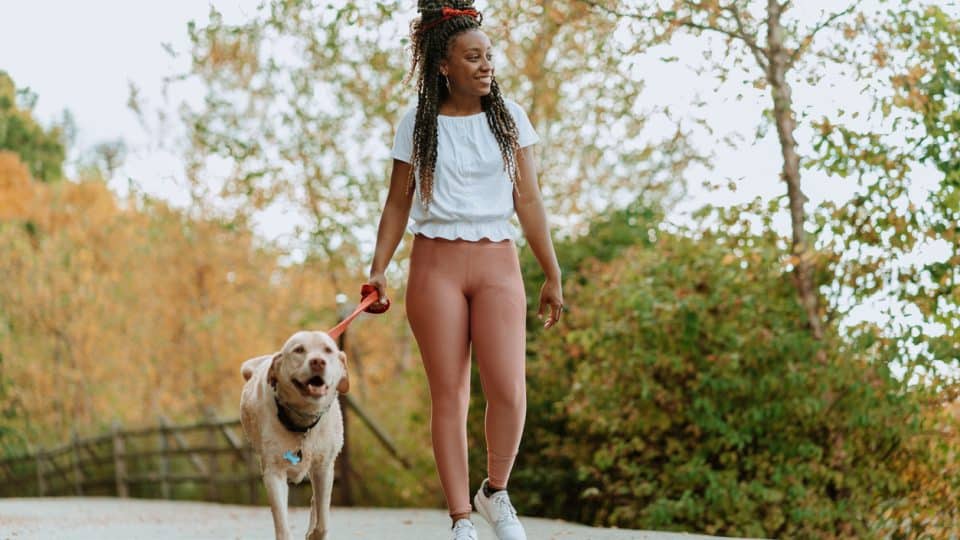
How to Prevent Common Dog Walking Injuries
Essential Tips for Preventing Dog Walking Injuries
Understanding Proper Leash Techniques
Proper leash handling is crucial for preventing injuries during dog walks. Always hold the leash securely with a relaxed grip to maintain control without causing strain on your hands or wrists. Avoid wrapping the leash around your hand, as this can lead to burns or cuts if your dog suddenly pulls.
Choosing the Right Collar or Harness
Selecting the appropriate collar or harness for your dog is essential for their safety and comfort. Collars should fit snugly without being too tight, while harnesses should distribute pressure evenly across your dog’s chest to prevent neck injuries.
Warming Up Before Walks
Just like humans, dogs can benefit from a brief warm-up before engaging in physical activity. Start with a slow-paced walk to allow your dog’s muscles to loosen up gradually. This can help prevent strains or sprains, especially in older or less active dogs.
Avoiding Overexertion
Pay attention to your dog’s energy levels and avoid pushing them beyond their limits. Overexertion can lead to fatigue, dehydration, and even heatstroke, particularly on hot days. Take frequent breaks during walks, especially if your dog shows signs of exhaustion.
Staying Alert to Environmental Hazards
Be vigilant for potential hazards along your walking route, such as uneven terrain, sharp objects, or toxic plants. Keep your dog on a short leash in high-traffic areas to minimize the risk of accidents involving vehicles or other animals.
Proper Hydration and Nutrition
Ensure your dog remains hydrated during walks by bringing along a portable water bottle and bowl. Additionally, maintain a balanced diet rich in nutrients to support your dog’s overall health and fitness levels.
Your pets’ happiness and your peace of mind are our top priorities.
Frequently Asked Questions
If your dog tends to pull during walks, consider using a front-clip harness or head halter to discourage pulling behavior. Additionally, practice leash training exercises to teach your dog to walk politely by your side.
Extreme heat or cold can pose risks to your dog’s health, so it’s best to avoid walking during the hottest part of the day or in freezing temperatures. Opt for early morning or evening walks when temperatures are milder, and always monitor your dog for signs of discomfort.
If you encounter an aggressive dog during your walk, remain calm and avoid escalating the situation. Use commands such as “sit” or “stay” to assert control over your dog, and slowly move away from the aggressive dog while maintaining a safe distance.
Invest in a pair of dog booties to protect your pup’s paws from hot pavement, sharp objects, or abrasive surfaces. Alternatively, apply pet-safe paw balm to moisturize and protect their paw pads.
To prevent overheating, avoid strenuous exercise during hot weather and provide plenty of opportunities for your dog to rest and hydrate. Choose shaded routes for walking, and consider using a cooling vest or bandana to help regulate your dog’s body temperature.
If your dog sustains an injury while walking, such as a cut or sprain, assess the severity of the injury and seek veterinary care if necessary. Clean the wound with an antiseptic solution and apply a sterile bandage to protect it from further contamination.